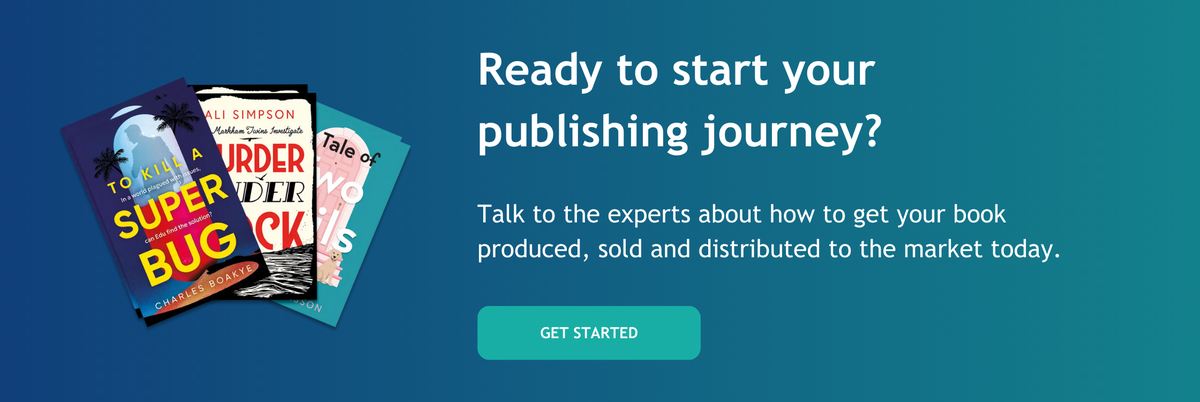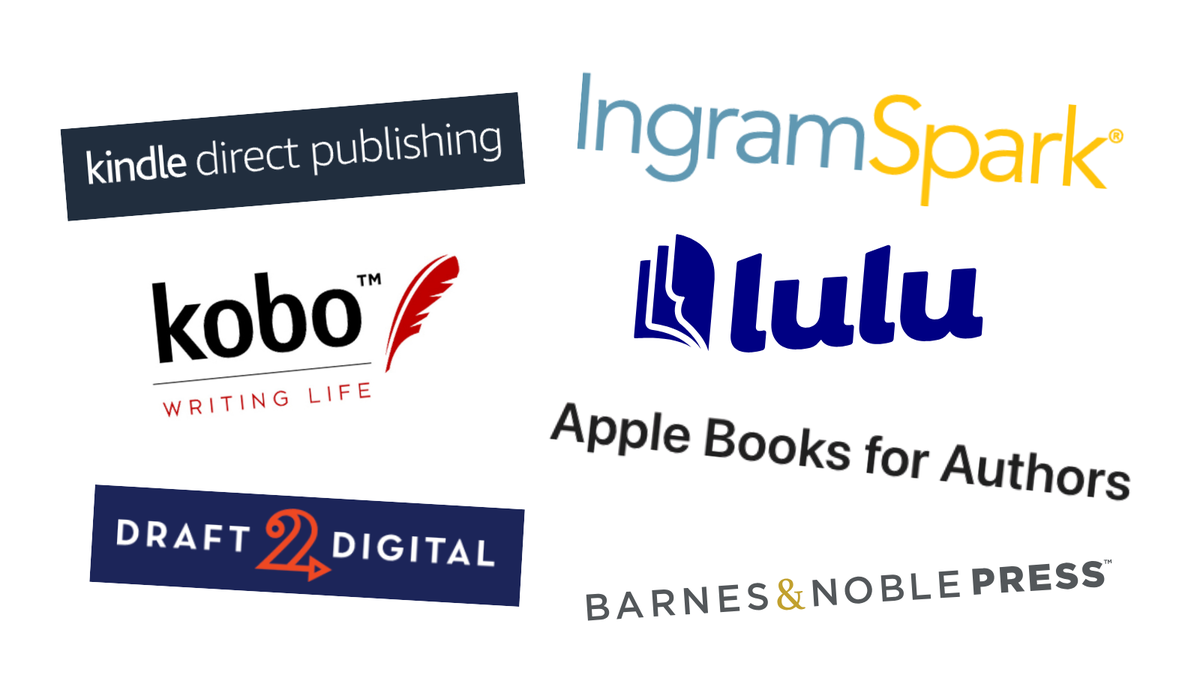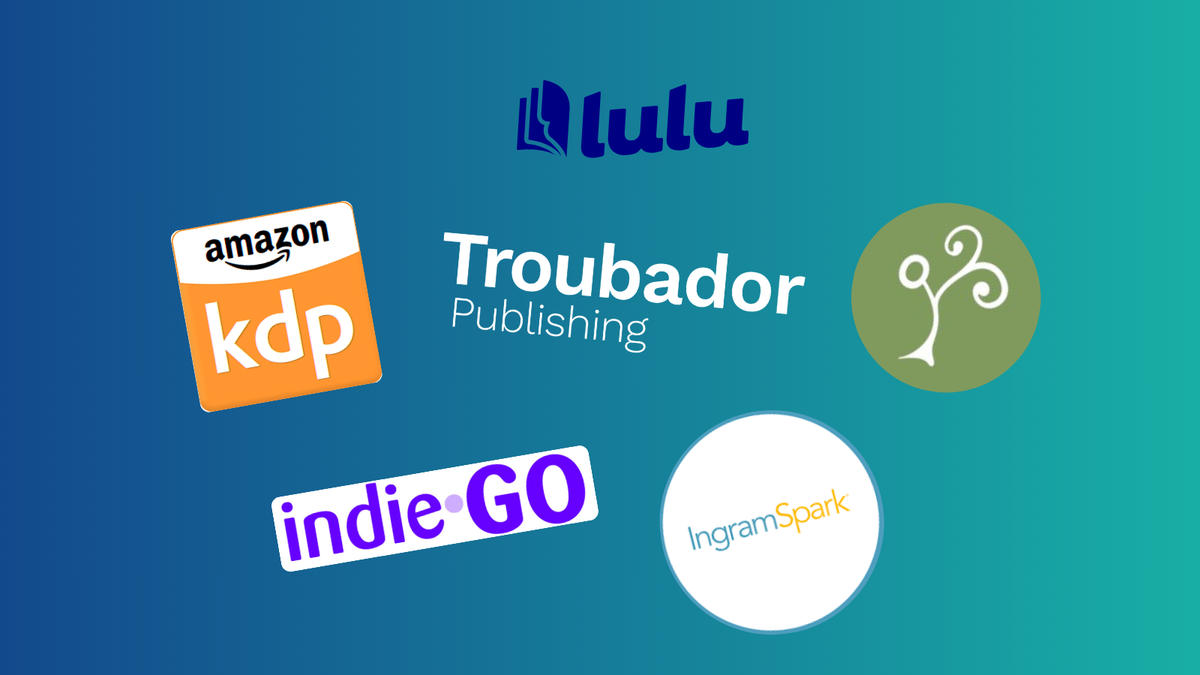
28th August, 2025
8 min read
The Future of Self-Publishing: 7 Trends Authors Should Watch
Written by:
Alex Thompson
Self-publishing has evolved significantly from its early days as a niche alternative to traditional publishing. Today, it stands as a thriving and increasingly respected route for authors who want creative control and direct access to their readers. The growth has been extraordinary - driven in part by digital platforms, authors’ desire for more control over their project and a rising demand for diverse voices and stories when traditional publishers are more cautious than ever with what they publish. What was once considered a backup option is now a mainstream path that many successful writers deliberately choose.
But with opportunity comes change. The publishing world is evolving at speed, influenced by technology, reader behaviour and shifting market expectations. For authors, staying ahead of these changes is essential. Knowing what’s on the horizon can help you make smarter choices about your writing, publishing strategy, and promotional efforts. In this article, I explore the key trends shaping the future of self-publishing. From AI-assisted writing to global digital marketplaces, authors who understand and embrace change are positioned to succeed.
Trend 1: The Rise of Digital and Audiobooks
One of the most significant shifts in publishing over the past decade has been the rapid growth of digital formats, particularly ebooks and audiobooks. What began as a small corner of the market is now a driving force in how readers discover and consume books. For many, the convenience of downloading a novel instantly or listening to a story while commuting has become part of everyday life.
For authors, this presents both opportunity and challenge. Ebooks open doors to global readerships at the click of a button, while audiobooks tap into a market that continues to expand year on year. In fact, many readers who rarely pick up a paperback are engaging with books exclusively in audio. This diversification of formats doesn’t just increase accessibility - it also creates multiple revenue streams for authors who are willing to embrace them.
We believe that authors looking to maximise their reach to as many readers as possible really do need to publish an ebook alongside a printed book, and should also consider an audiobook to tap into each of those markets. However, success in digital publishing isn’t as simple as uploading a file. Professional formatting ensures ebooks display seamlessly across devices, while audiobooks require careful narration and production to meet audience expectations. Authors who invest in getting these elements right are far more likely to capture and keep the attention of readers navigating an increasingly digital-first world.
Trend 2: Print-on-Demand
Print-on-demand (POD) has transformed the world of printing, adding new possibilities for authors looking to get physical copies of their books made. Instead of investing in large print runs and warehousing, authors can now publish their books with minimal upfront cost. A single copy can be printed and shipped directly to a reader as soon as it’s ordered, reducing both financial risk and environmental waste. POD offers the freedom to test the market, experiment with new titles, or update editions without committing to thousands of copies.
However, while POD is an important part of the publishing landscape, it is not without its significant limitations. The convenience of printing books one at a time often comes at the expense of quality and a far higher unit cost. Paper options are limited, covers can lack the vibrancy and finish of traditional print, and binding is less durable. Furthermore, the unit cost per copy printed will be significantly higher than that of even a short print run due to the absence of economies of scale. Readers may not notice these differences when buying online, but bookshops, wholesalers and libraries do. In fact, most are reluctant to stock POD titles because of the inconsistent standards, lack of wholesale-friendly distribution and inability they have to return stock to a publisher.
This doesn’t mean POD should be dismissed. It works brilliantly for certain projects, but authors should be aware of its drawbacks. Pairing the flexibility of POD with professional design and guidance can ensure that even a print-on-demand book is polished, readable, and as close as possible to the standards expected by readers and retailers alike.
Trend 3: Data-Driven Publishing
In the past, authors often relied on instinct when deciding how to price, position, or promote their books. Today, data is reshaping those decisions. From social media analytics to sales dashboards, authors now have access to real-time insights about who their readers are, where they are based, and what resonates with them. Even reader reviews and feedback provide valuable signals that can shape future writing or marketing choices.
But it isn’t just authors making use of data - book buyers, retailers, and wholesalers are doing the same. Data-led decisions have largely replaced traditional gut-feel buying, with publishers feeding out the data of all their titles directly to their customers without setting foot in any of their stores. Purchasing teams look closely at categories and genres that are performing well, past sales performance of similar titles, and the likelihood that a book will succeed based on market signals. In this landscape, discoverability is tied directly to the information and metadata that publishers feed out into the marketplace.
Used well, this information can guide smarter pricing strategies, more targeted advertising, and a clearer understanding of which promotional efforts truly deliver results. However, the sheer volume of data can feel overwhelming, and not all metrics are equally meaningful. Professional guidance can help authors focus on what matters most - turning numbers into strategy. As publishing becomes increasingly data-driven, those who learn to read and respond to the signals will be best placed to grow both their readership and their sales.
Trend 4: AI in Publishing and Book Promotion
Artificial intelligence (AI) is quickly becoming one of the most talked-about forces shaping the future of publishing. For authors, AI-assisted tools are now widely accessible, offering support at almost every stage of the creative process. From generating first-draft ideas to suggesting edits, formatting manuscripts, or producing audiobook narration, these technologies promise to save time and make publishing more efficient.
AI is also reshaping how books are marketed. Authors can use AI-powered tools to generate promotional copy, design graphics, and even run multiple advertising campaigns to see what resonates most with readers. Algorithms can help identify target audiences with remarkable precision, ensuring marketing budgets stretch further. For many self-published authors, these tools open up professional-level opportunities that were once too expensive or complex to manage alone.
But with these advantages come important cautions. AI is only as good as the data it draws on, and automated tools can lack nuance, originality, or emotional depth. Over-reliance risks producing content that feels generic, and readers still crave authentic storytelling that reflects an author’s unique voice. Likewise, AI-driven marketing can assist with reach, but it cannot replace a well-considered strategy or genuine connection with readers.
The future of self-publishing will likely involve a balance, where authors use AI to streamline and enhance their work, while relying on creativity, human judgment, and professional expertise to ensure their books remain original, polished, and compelling in an increasingly automated marketplace.
Trend 5: Direct to Reader Sales
A growing number of authors are choosing to bypass traditional retailers and sell their books directly to readers. Direct-to-reader sales offer several key advantages: higher royalties per copy, access to valuable customer data, and the chance to build lasting relationships with a loyal audience. Unlike large retailers, who keep the majority of sales information to themselves, selling through an author’s own platform provides transparency and control.
Websites have become central to this shift. An author’s website is no longer just a digital business card - it’s a storefront, a newsletter hub, and a community space where readers can connect more personally with the writer. By offering signed copies, bundles, or exclusive content, authors can create a richer experience that retailers can’t match. A website is fast becoming one of the most important promotional tools in an author's toolbox, something many Troubador authors have embraced.
Trend 6: Subscription and Membership Models
The way readers consume books is changing, with subscription and membership models becoming increasingly influential. Services like Kindle Unlimited give readers access to vast libraries for a single fee, while platforms such as Substack allow authors to create direct subscription models. Instead of a one-time book purchase, readers support authors on an ongoing basis, often receiving serialised fiction, behind-the-scenes insights, or exclusive bonus content.
For authors, these models can provide a steadier income stream and foster deeper connections with their most engaged readers. They also encourage experimentation, making it easier to test new ideas, formats, or series without the pressure of a traditional launch.
However, they aren’t right for everyone. Each platform comes with its own financial structure, limitations, and demands on an author’s time. Professional guidance can help authors assess whether subscription-based publishing aligns with their goals, audience, and long-term career strategy.
Trend 7: Community-Driven Marketing
For self-published authors, social media has become one of the most powerful marketing tools available. Platforms like Instagram, TikTok, and X (formerly Twitter) allow writers to share their work, showcase their personality, and connect with readers instantly. #BookTok in particular has shown just how influential online communities can be, turning previously unknown titles into bestsellers almost overnight. Unlike traditional advertising, social media thrives on authenticity. Readers are drawn to authors who share their journey, their process, and their passion as much as the finished product.
But community-driven marketing goes beyond likes and shares. Newsletters, online book clubs, and interactive events help authors deepen these relationships and transform casual followers into loyal readers. For many, the strength of their community has as much impact on long-term success as a single launch campaign.
Building and sustaining a community takes time, consistency, and strategy. Many authors find it challenging to balance writing with the demands of constant online engagement. Professional support with email marketing, event planning, or social media tools can make the process far more manageable, helping authors focus on what matters most- writing - while still creating the genuine connections that drive book sales in today’s reader-driven marketplace.
The Future of Self-Publishing
The landscape of self-publishing is evolving faster than ever, offering authors unprecedented opportunities alongside new challenges. From digital and audio formats to print-on-demand, AI, data-driven strategies, and direct-to-reader models, the tools and approaches available today are reshaping what it means to be a successful author. Subscription services, membership models, and community-driven marketing further highlight how reader engagement has become central to long-term success, rather than relying solely on one-off book launches.
For authors, the key takeaway is clear: adaptability, foresight, and strategic thinking are now as important as creativity and storytelling. Embracing new technologies and distribution methods can open doors to wider audiences and diversified revenue streams, but doing so effectively often requires guidance, expertise, and careful planning.
Ultimately, self-publishing is no longer a fallback or experimental route. It is a dynamic, viable, and respected path for authors who are willing to navigate change thoughtfully. Those who balance innovation with professional support, maintain a focus on quality, and build meaningful connections with readers are the ones best positioned to thrive in this fast-moving, reader-driven marketplace.











